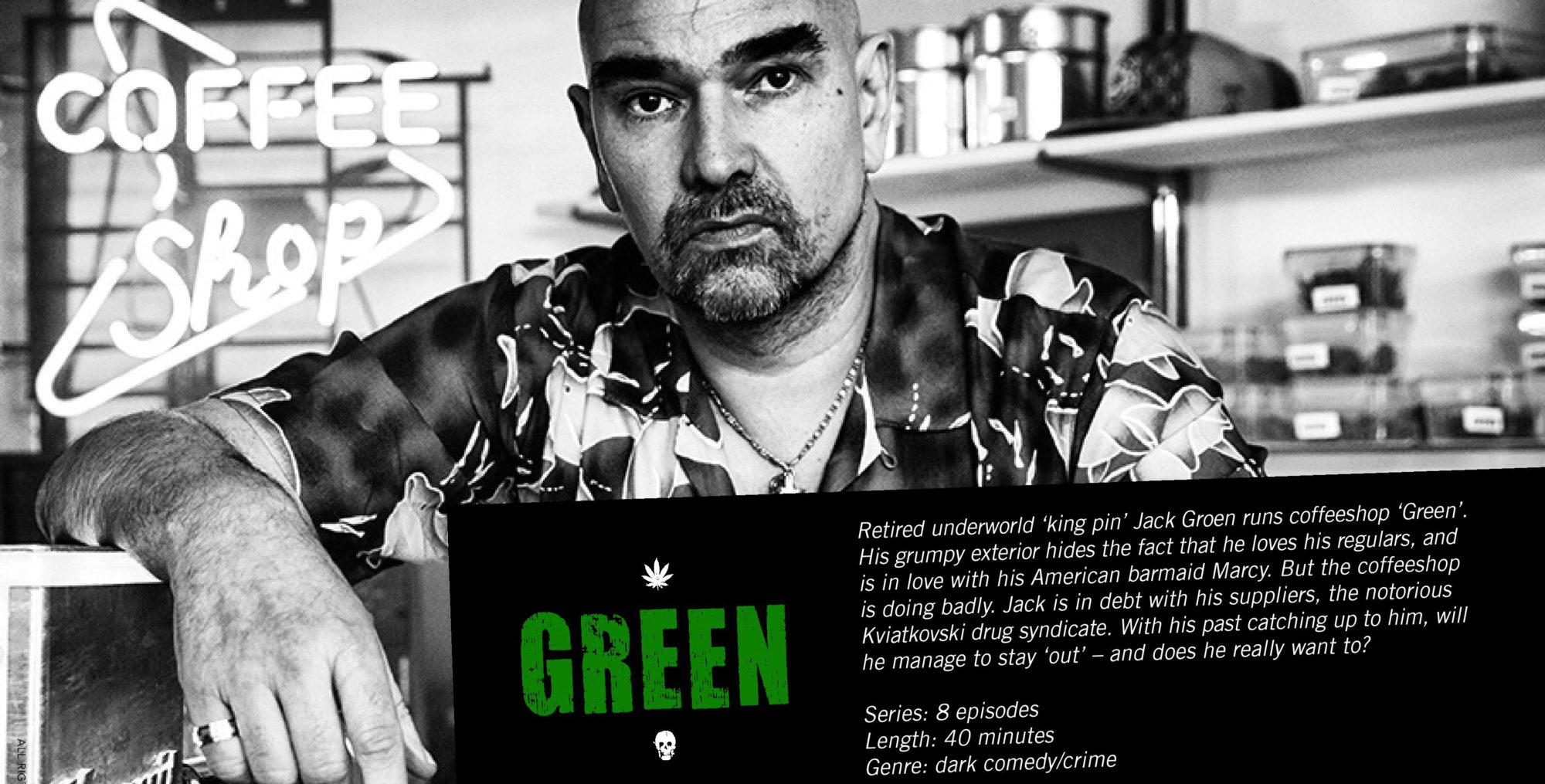Without question The King’s Speech is an excellent film. Great performances in a fast paced story with high stakes makes for compelling viewing. But it all starts, of course, with the writing. Someone said to me: “I heard the script was pretty good too.” In the following I hope to briefly examine particular strong points of the screenplay of The King’s Speech, starting with the structure.
The script is unremarkable in it’s classicism. It adheres strictly to the basic 3 act structure rules. What is surprising is that it also adheres to the “rules” of the buddy movie. The uneasy first meeting, the unequal social stature of the buddy’s, the initial rejection of the friendship by the top dog, grudging acceptance, growing friendship, the break up, the period apart – pining for reunion (first by the one – without success, then the other), the reconciliation, a threatening blindside (the outside world threatens to break up the repaired friendship) and finally the true and equal friendship that is the climax of the film.
This choice of form allowed David Seidler to turn an interesting side note in history into an enthralling personal tale. He keeps the story we are watching small, whilst letting the larger historical stakes (kingship, the looming war) shine through enough to lend our two heroes quest urgency. Yet it is always the success or failure of the friendship that is the central stake for the main characters. For me at least, King George’s failure to do the radio speech would have had as gravest consequence (in the context of the film) the final destruction of his friendship with Lionel Logue. Instead, his success leads to the final bonding of their friendship – which was then to last a lifetime.
The screenplay has further strengths. The passage of time is dealt with very efficiently. The story spans a vast number of years, from 1925 – 1939. We are taken from one era to the next by important dramatic occurrences, which makes for smooth transitions and keeps the tempo high. Which is important in a film essentially about talking.
Also, the writing is on many occasions very funny – although it never descends into slapstick. This makes the growing friendship believable and both main characters likeable.
On a critical note: some of the dialogue is very on the nose. The scene where the king ridicules his son springs to mind. At least it serves the purpose of explaining the rules of the world we inhabit in the film but a bit more subtlety would have been welcome.
Finally, David Seidler is said to have invented much of what happened in the therapeutic sessions. Only during filming did the grandson of Lionel Logue hand over a vast horde of treatment notes made by the therapist. The grandson later remarked that the script already matched the notes very accurately. A good imagination and sound understanding of human psychology can recreate historical fact.
All in all, the screenplay is indeed well constructed and written and thankfully was well filmed. Making “The King’s Speech” a buddy movie to be remembered!
